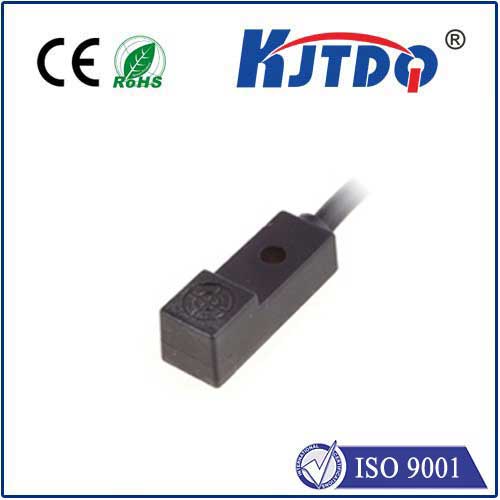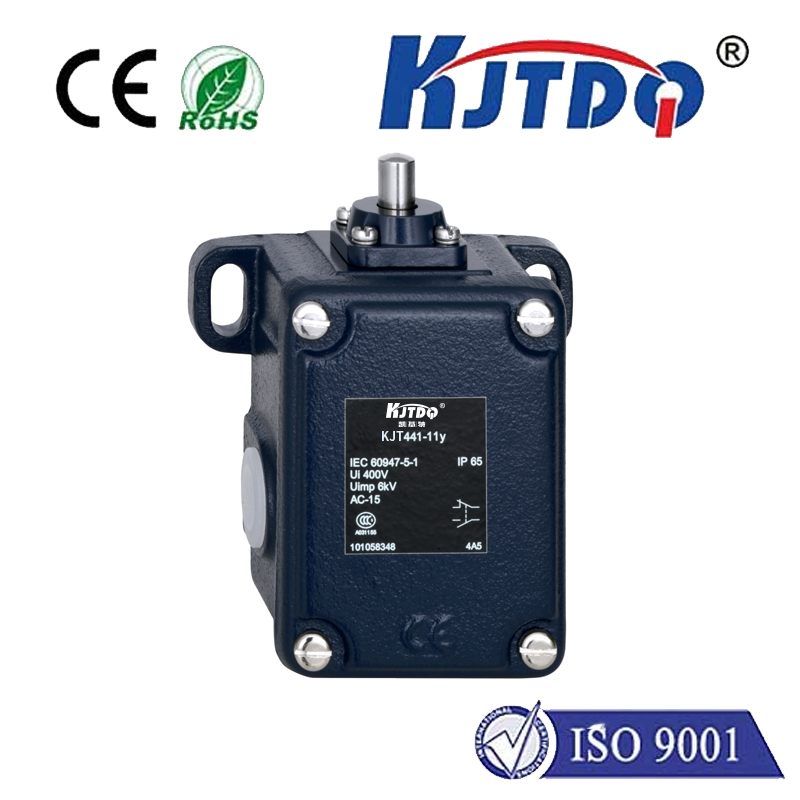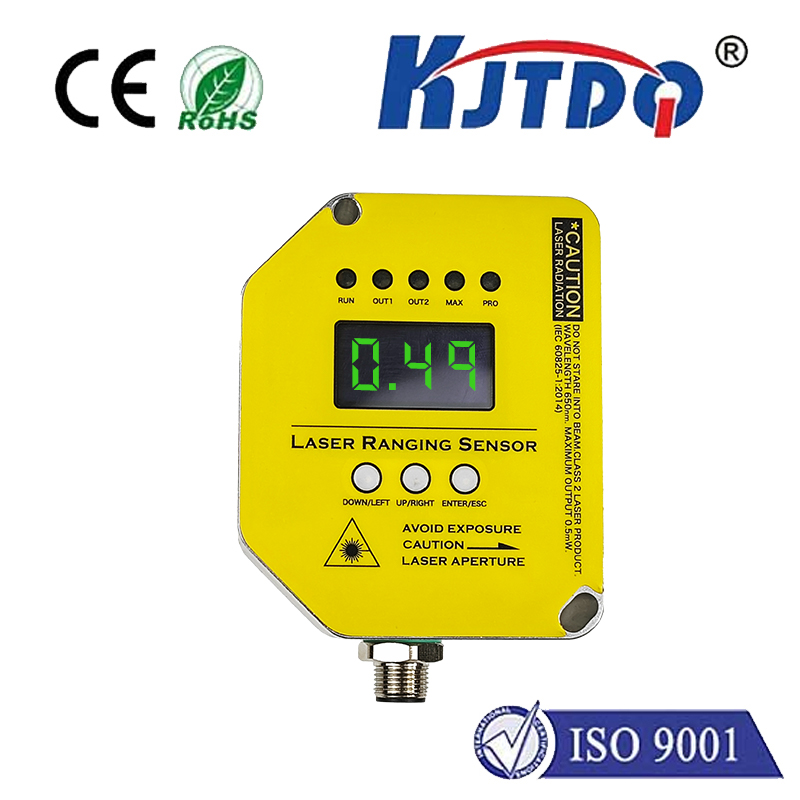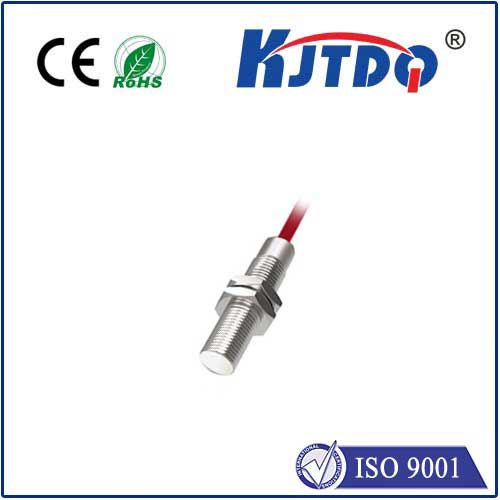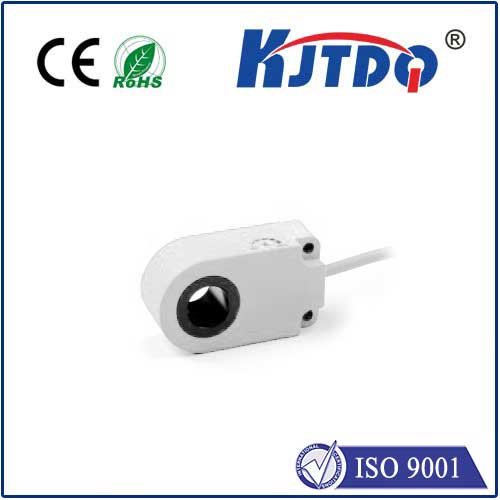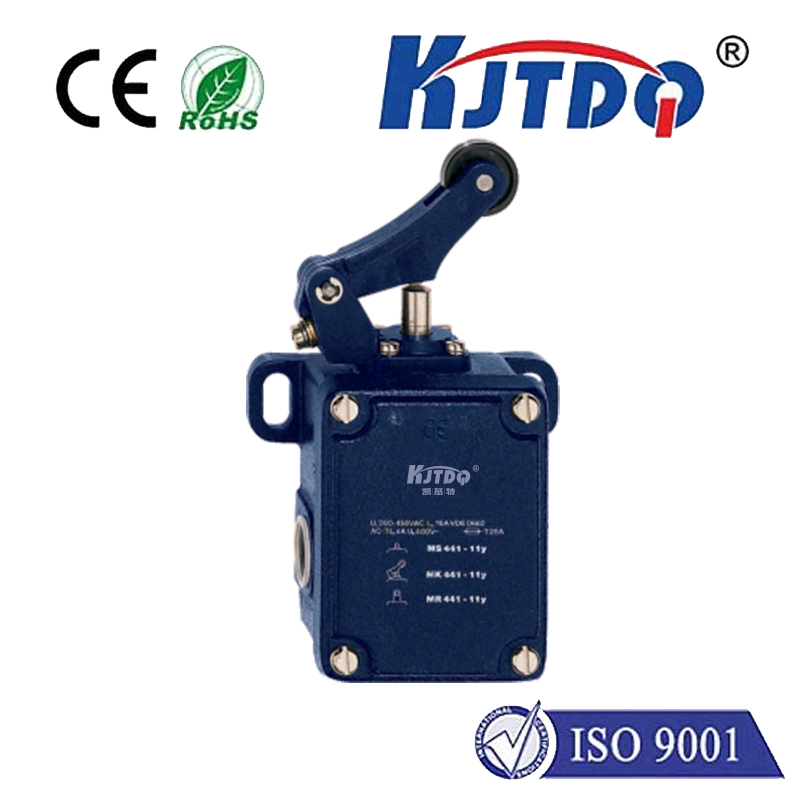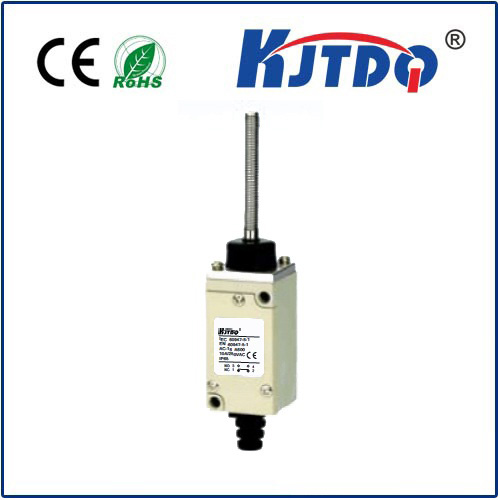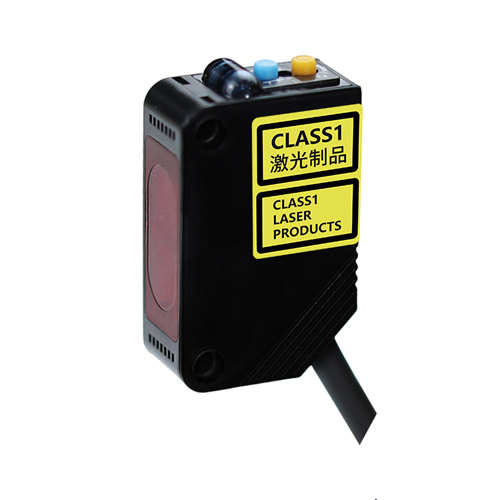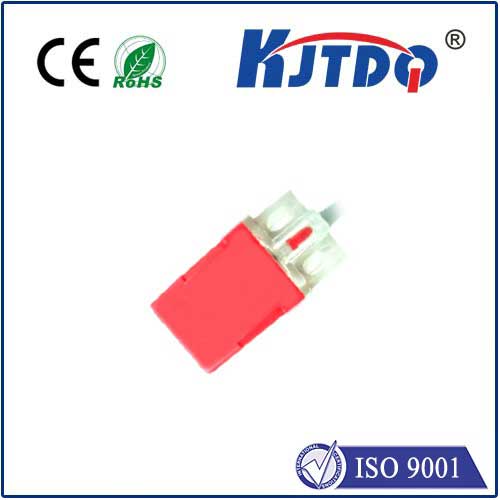2d displacement sensor
- time:2025-08-29 00:10:41
- Click:0
Unlocking Precision Measurement: The Essential Guide to 2D Displacement Sensors
Imagine a robotic arm placing microscopic components on a circuit board. Or a production line ensuring every car panel fits flawlessly. Or scientists measuring the tiniest vibrations in a delicate structure. What invisible force guarantees this accuracy? Often, it’s a 2D displacement sensor, the silent guardian of precision in our engineered world. Unlike its 1D cousin measuring only a single straight line, a 2D displacement sensor captures movement across an entire plane – simultaneously tracking position changes along the X-axis and Y-axis. This unique capability makes it indispensable for countless applications demanding detailed spatial awareness.
What Exactly is a 2D Displacement Sensor?
At its core, a 2D displacement sensor is a non-contact measuring device. It determines the precise distance and position of a target object relative to the sensor’s own reference point, but crucially, it does so in two perpendicular dimensions. Think of it as providing coordinates on a flat map (X and Y), rather than just a distance along a single road. This planar measurement capability is what sets it apart and defines its power.
How Does it Achieve This Dual-Axis Vision?
Several sophisticated technologies enable 2D displacement sensing, each with its strengths:

- Optical Triangulation: This common method projects a focused light spot (often laser) onto the target. A lens system focuses the reflected light onto a 2D array detector (like a CCD or CMOS sensor). As the target moves in the X-Y plane, the position of the reflected spot shifts on the detector. Precise calculation converts this shift into highly accurate displacement measurements along both axes.
- Vision-Based (Image Correlation): These sensors essentially act as high-speed, specialized cameras. They capture sequential images of a textured or patterned target surface. Advanced algorithms then analyze the minute shifts of these patterns between frames, calculating X and Y displacement with remarkable accuracy. Vision sensors excel at tracking complex surfaces.
- Confocal Microscopy: Leveraging precise optical sectioning, confocal sensors focus a very small point of light onto the target and detect the reflected light through a pinhole. Scanning this point rapidly across the surface allows them to simultaneously build a profile of height variations (which can relate to 2D position) and measure lateral displacements. They are excellent for reflective or transparent surfaces.
- Laser Interferometry: Offering the pinnacle of precision for demanding metrology, interferometers split a laser beam, sending one part to a reference mirror and another to the target. The reflected beams recombine, creating interference patterns. Movement of the target changes these patterns, allowing nanometre-level measurement of displacement in two dimensions. Interferometric sensors dominate in calibration labs and semiconductor manufacturing.
Why is 2D Measurement So Critical? Applications Galore
The ability to track planar motion unlocks solutions across diverse fields:
- Robotics & Automation: Ensuring robots grasp parts correctly, guiding robotic arms during assembly, verifying placement accuracy. 2D displacement sensors provide the real-time feedback loop essential for precise motion control.
- Quality Control & Inspection: Verifying the dimensions, flatness, or position of components on a production line (PCBs, machined parts, displays). Detecting warpage or misalignment instantly. This is vital for maintaining consistent product quality (Quality Control Applications).
- Semiconductor Manufacturing: Critical for wafer alignment, lithography mask positioning, and inspecting microscopic features. Here, micron and sub-micron accuracy is non-negotiable.
- Material Testing: Measuring strain distribution, deformation, or vibration patterns across surfaces of materials under load (tensile testing, fatigue analysis).
- Microscopy & Nanotechnology: Precisely positioning samples under high-magnification microscopes or within nanofabrication tools. Tracking minute movements at the smallest scales.
- Metrology & Calibration: Providing traceable measurements for calibrating other instruments and establishing reference standards. Dimensional metrology relies heavily on precise 2D sensing.
Key Advantages Driving Adoption
Compared to single-axis sensors or complex setups using multiple 1D units, dedicated 2D displacement sensors offer compelling benefits:
- Simultaneous Measurement: Captures X and Y data at the same instant. This is crucial for dynamic processes where the relationship between movements in both axes matters.
- Non-Contact Operation: Eliminates measurement errors due to mechanical contact forces or wear. Ideal for delicate, moving, or hot targets.
- High Speed & Resolution: Modern sensors deliver extremely fast data acquisition rates and resolutions down to the nanometre level, essential for high-throughput manufacturing and research.
- Simplified Setup: Integrating a single 2D sensor is often simpler and more cost-effective than aligning and synchronizing multiple 1D sensors. This reduces complexity and potential error sources.
- Rich Data Output: Provides not just two distance values, but often correlates them into a single positional coordinate within the measurement plane.
Choosing the Right 2D Sensor: Key Considerations
Selecting the optimal 2D displacement sensor requires careful evaluation:
- Measurement Range: How far does the target move in X and Y within the application?
- Resolution & Accuracy: What level of detail and precision is required? (Nanometres, micrometres, millimetres?)
- Sampling Speed: How fast is the target moving? How quickly must measurements be captured?
- Target Surface Properties: Is the surface reflective, matte, dark, transparent, or textured? This heavily influences the choice of technology (e.g., laser triangulation struggles with transparent materials, vision sensors need texture).
- Environmental Conditions: Exposure to dust, oil, vibration, temperature fluctuations, or ambient light can impact sensor performance.
- Interface & Integration: How easily does the sensor integrate with existing control systems (analog outputs, digital interfaces like Ethernet, USB, EtherCAT)?
The Future: Ever-Increasing Precision and Versatility
As technology advances, 2D displacement sensors continue to evolve. We see trends towards:
- Higher Speeds & Resolutions: Meeting the demands of faster production lines and cutting-edge research.
- Smaller Form Factors: Enabling integration into tighter spaces and smaller devices.
- Enhanced Environmental Robustness: More reliable operation in harsh industrial settings.
- Smarter Sensors: Incorporating on-board processing for edge computing, real-time analysis, and simplified calibration.
- Multi-Sensor Fusion: Combining 2D displacement data with other sensor inputs (e.g., force, temperature, 3D vision) for richer process understanding and control.
From manufacturing floors to cutting-edge laboratories, the 2D displacement sensor remains a fundamental tool for quantifying planar position with exceptional accuracy. Its ability to provide simultaneous, non-contact measurements along two axes makes it uniquely suited for tasks demanding a true understanding of spatial relationships on a flat plane. As industries push the boundaries of precision, displacement sensors in 2D will undoubtedly play an increasingly vital role in enabling innovation and ensuring quality.






